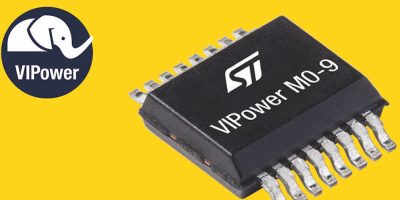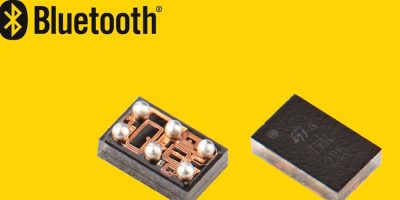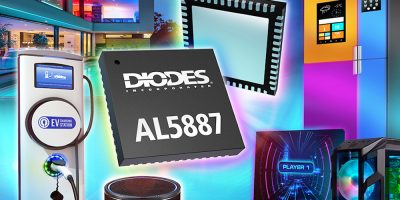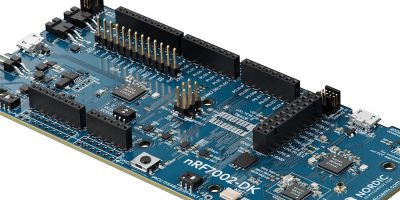STMicroelectronics has released single-, double- and four-channel automotive high-side gate drivers in a common PowerSSO-16 package style, with pin assignments that simplify scaling circuit designs to add more driver channels.
The gate drivers target applications throughout the vehicle, including safety, comfort and powertrain, body electronics, infotainment and driver assistance systems.
Meeting the automotive industry’s LV124 test schedule for deep cold cranking permits use with heavy loads such as engine starters and ensures reliable operation even in extreme winter conditions. With very low standby current, at just a few microamps, these drivers minimise the drain on the battery when the vehicle is turned off and not being used.
The drivers are manufactured using ST’s proprietary VIPower M0-9 technology , which permits extensive integration within a small die size in addition to high current capability and high efficiency. On-chip features include protection such as load-current limiting, load-dump protection up to 35V and limiting of fast thermal transients. Flexible reset management lets the designer configure the driver’s responses to faults and so best meet the needs of the application. The drivers provide reverse-battery protection through self-turn-on capability, which limits the power dissipation on the PCB to a survivable level.
In addition, diagnostic capabilities include proportional load-current sensing that permits detecting malfunctions in the load, such as disconnection of an LED string. There is also overload, short-to-ground, short-to-VCC and off-state open-load detection. All diagnostics are maintained whether the driver is turned on or off, permitting faults to be detected even when the load is not supplied.
The series comprises five single-channel drivers: VN9004AJ; VN9006AJ; VN9008AJ; VN9012AJ; and VN9016AJ. The dual-channel drivers are the VND9008AJ, VND9012AJ, VND9016AJ, and VND9025AJ. The VNQ9025AJ and VNQ9080AJ each have four channels. All are housed in the PowerSSO-16 package, which has a space-saving 6.00 x 4.9mm footprint, is only 1.7mm high and is pin-to-pin compatible. They are also compatible with the previous- generation M0-7 family.







